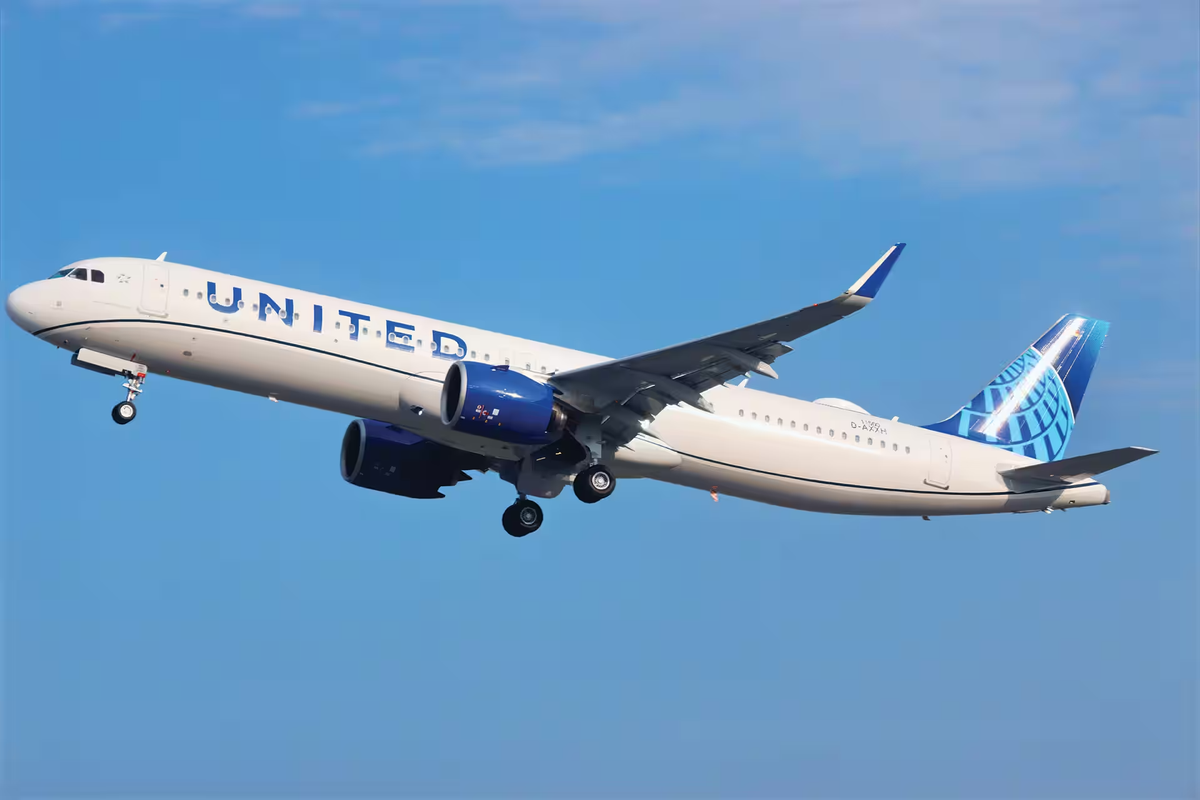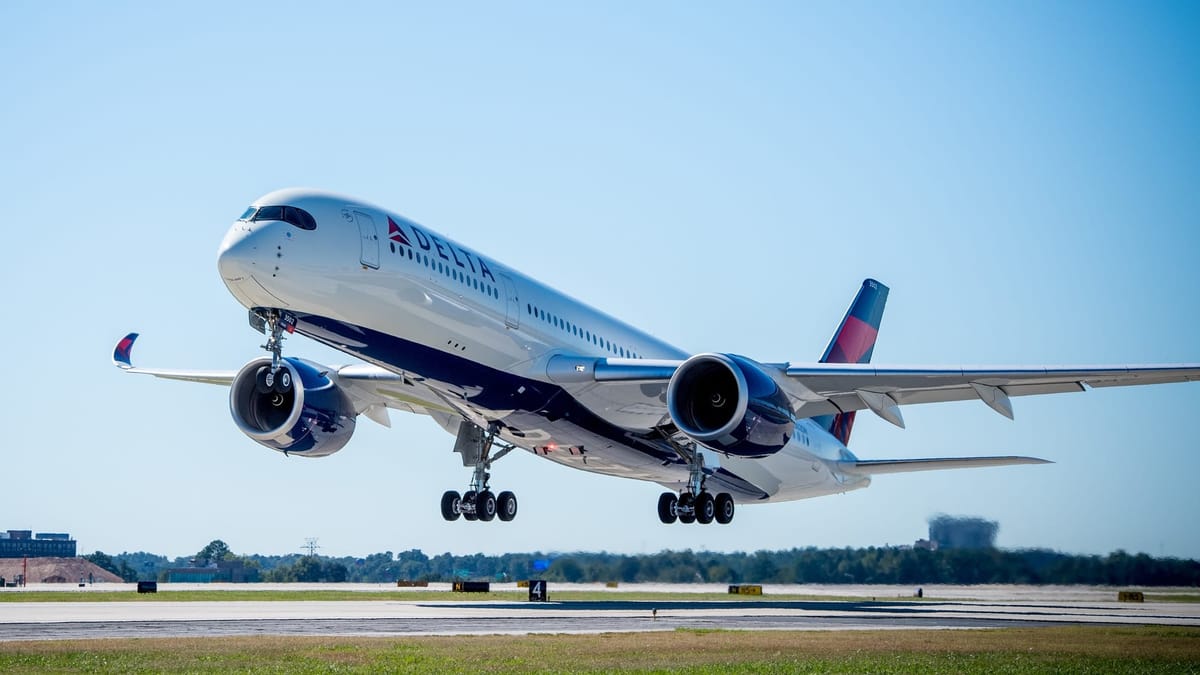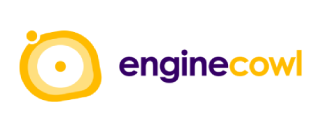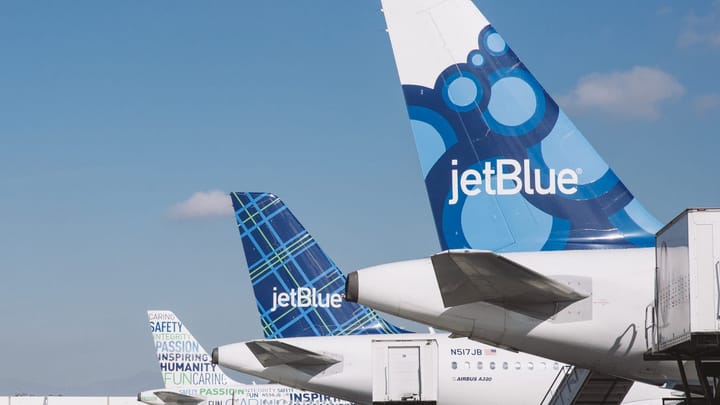United Airlines’ yields drop across almost all markets
United Airlines' passenger revenues were still up compared to Q3 2024, driven in part by capacity growing by 7.2% YoY.

United Airlines has published its Q3 2025 results, indicating that its yields, as well as passenger revenue per available seat mile (PRASM), were lower across almost all markets when compared to Q3 2024.
The airline, which ended the three-month period with unaudited operating revenues of $15.2 billion and net income of $949 million, saw its consolidated yields and PRASM contract in Q3 2025 in almost all of its operating markets, whether domestic or international.
Domestic, European, Pacific, and Latin America yields declined year-on-year (YoY) between 2.2% and 10.7%, with the ‘best among bad’ performer being its Domestic network. In Latin America, United Airlines’ yields were 10.7% lower, while the European and Pacific networks saw their yields dip by 6% and 5.1%, respectively.
The only exception was its consolidated Africa, India, and Middle East region, where its yields and PRASM grew by 4.5% and 6.1%, despite the fact that in these regions, the carrier’s capacity, measured in available seat miles (ASM), grew by 23.3%.
Cirium’s Diio Mi showed that during the July to September quarter, United Airlines’ flights from Newark Liberty International Airport (EWR) to Tel Aviv Ben Gurion International Airport (TLV), as well as from Washington Dulles International Airport (IAD) to Accra Kotoka International Airport (ACC), Dakar Blaise Diagne International Airport (DSS), and Lagos Murtala Muhammed International Airport (LOS), grew significantly.
Still, the quarterly capacity growth of 7.2% YoY has allowed United Airlines to somewhat offset the lower yields, as its overall passenger revenue of $13.8 billion was 1.9% higher than in Q3 2024.
Overall, the airline welcomed 48.3 million travelers during the quarter, an increase of 6.2% YoY, with load factors slightly – 0.9% – lower at 84.4%. Network-wide yields, PRASM, and total revenue per ASM (TRASM) were 4%, 5%, and 4.3% in the red YoY.
Andrew Nocella, the Chief Commercial Officer (CCO) of United Airlines, shed some light on Q3 yields during the carrier’s Q2 2025 earnings call on July 17, or 17 days into Q3, saying that the current setup in Q3 had resulted in more open revenue management systems, adding that it should not have been unique to United Airlines.
“[…] that has created some more lower yields […], I think, ultimately, when we report more penetration of basic economy passengers in our numbers for the next ninety days [in Q3]. So expect a higher percentage of basic is my take as we go through the next ninety days.”
The airline will hold its Q3 earnings call later today (October 16).
Despite what could be perceived as a weaker performance for United Airlines, the airline said that its results showed how it has thrived “in an economically volatile year thanks to brand-loyal customers who choose to fly United because of the value in the United experience.”
It has benefited from a diverse revenue stream during the quarter, with premium and basic cabin revenues growing by 6% and 4%, while loyalty revenue increased by 9% YoY.
Scott Kirby, the CEO of United Airlines, concluded that the airline’s passenger experience investments at every price point “have allowed United to win and retain brand-loyal customers, leading to economic resilience even with macroeconomic volatility through the first three quarters of the year and significant upside as the economy and demand are improving in the fourth quarter.”
In comparison, Delta Air Lines, the only other major US carrier to publish its Q3 results, ended the period with passenger revenues of $13.5 billion, slightly lower than United Airlines’, yet its operating margin was 10.1%, compared to United Airlines’ 9.2%.
The main difference between the two airlines was the fact that during the quarter, Delta Air Lines’ revenues from its main – basic – cabin were actually 4% lower YoY, while premium products’ revenue grew by 9%, enabling the airline to keep its yields relatively flat, which were up 1% YoY.






Comments ()